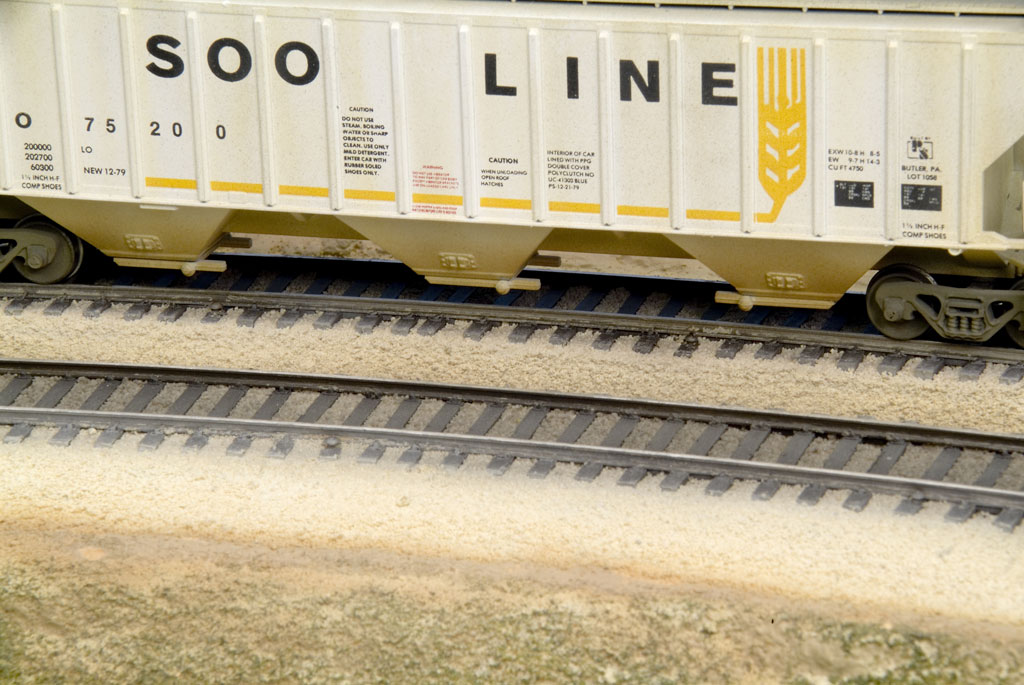
Track ballasting made easy: Model railroading is fun, right? Well, most of the time it is, but there are some aspects of this hobby that make us shudder. And judging by the questions we receive, one thing many of us don’t enjoy is ballasting. However, adding ballast (the rocks between the ties and along the […]
Read More…

How to cut and fit sectional and flextrack: Cutting rail is a common activity that becomes important as soon as anyone begins building a model railroad. Small layouts built with sectional track generally fit together pretty well, but when flextrack is used, it’s often necessary to trim the rail ends to fit. Most flextrack is […]
Read More…
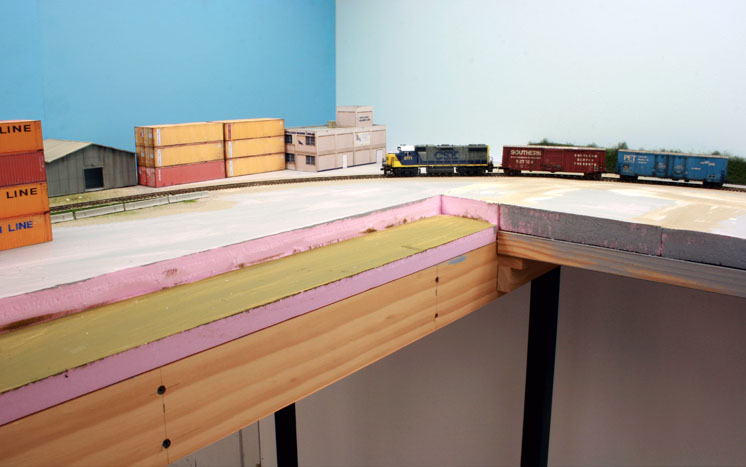
Roadbeds made easy with foam: Plywood has been the primary material for model railroad bench tops for many years. In many situations, though, I’ve found that extruded-foam insulation board is a viable alternative for bench tops built on either flat surfaces or open grids. With proper support, the rigid foam can easily hold anything a […]
Read More…

Modify die-cast vehicles for large scale: Most modelers use 1:24 scale die cast cars and trucks out of the box on their railroads, and there is nothing wrong with that. The models are well made and painted in real life colors. I have more than 100 of them that I haven’t changed. But sometimes, it’s […]
Read More…
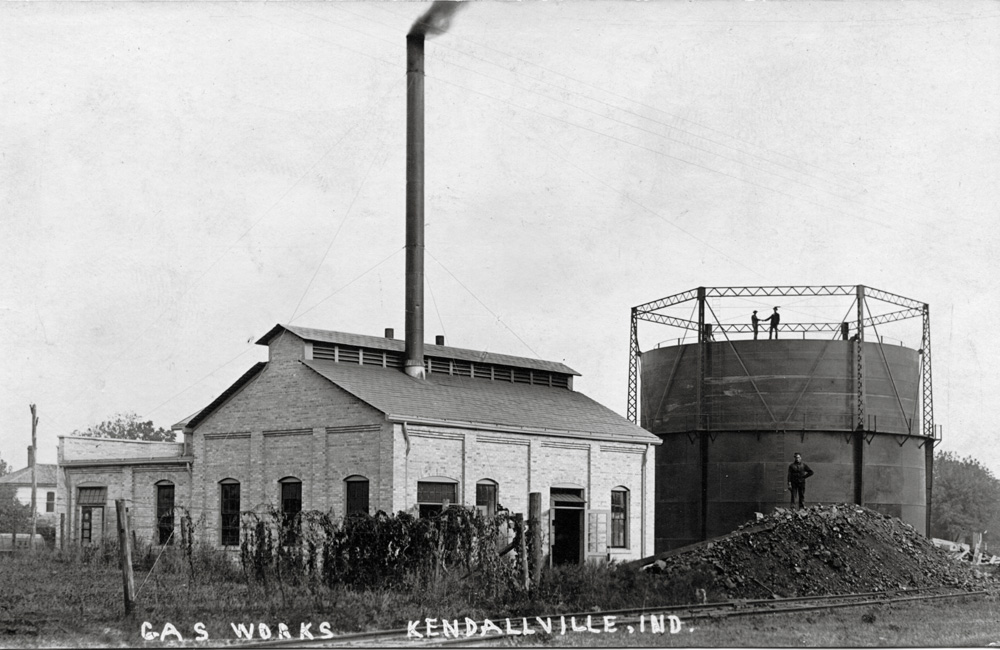
Q: I have a Walthers gas plant kit (item 933-3104) and gas storage tank kit (item 933-2907). I want to use these to model a coal-gas plant. Do you have any drawings or pictures of such a plant that I can model using these kits? – Thomas Lauritsen A: To help you model a coal-gas […]
Read More…
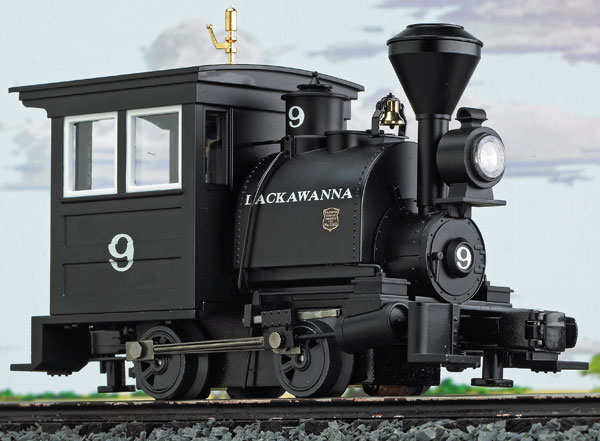
Here are 5 small toy train engines in O and S gauges from several eras. This isn’t an all-inclusive list, but rather a way to call attention to these often overlooked little workhorses. Many of us have layouts that are under 100 square feet. It’s nice to have engines available that look great pulling trains […]
Read More…
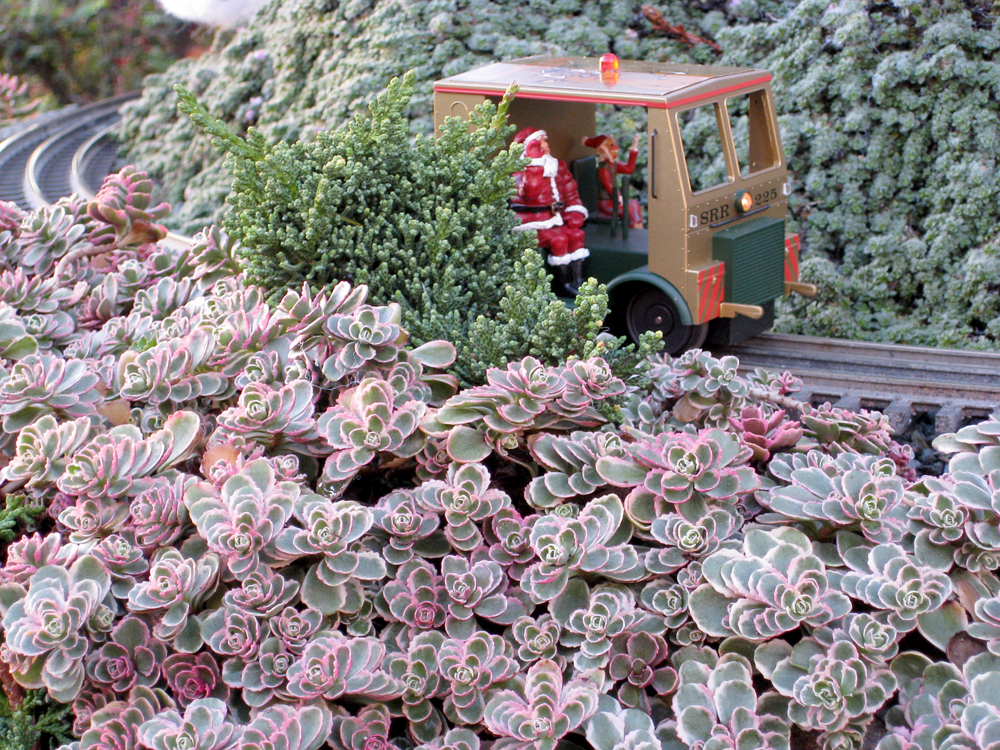
Common name: Tricolor stonecrop Latin name: Sedum spurium ‘Tricolor’ Plant type: Groundcover Plant size: 1-6″ high by 12″ wide and spreading USDA Hardiness Zones: 3-11 Cultural needs: Poor, moderate to dry, well-drained soil; sun (for pink color) to light shade With parents native to Iran, Tricolor stonecrop is the type of rugged plant that laughs […]
Read More…
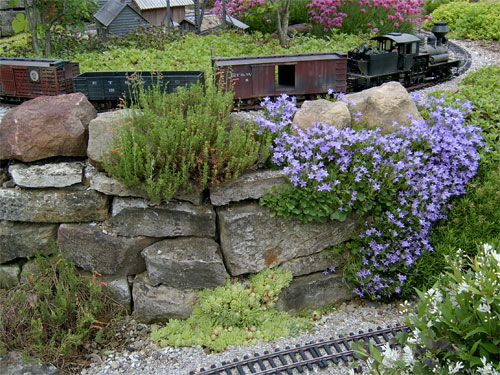
Do you need a beginner’s guide to rock-garden plants? Plants that are typically suited to rocky places are tough characters. Understanding their characteristics will help you select plants for the railroad garden that will work well in the crevices of rocks, creeping along cliffs, or draped down rock faces. They often come from mountainous origins […]
Read More…
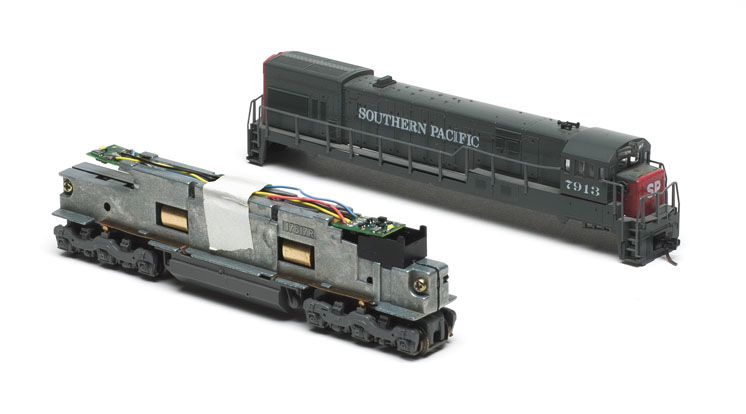
DCC decoder advice for N scalers: Any argument about powering a layout with Digital Command Control (DCC) ended for me many years ago. If you have more than one locomotive it’s the way to go, and the easiest way to get going is to purchase engines that come with the decoder already in there. This […]
Read More…
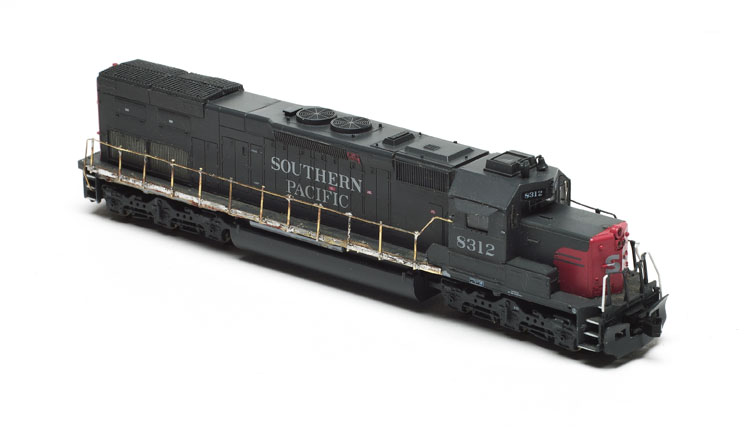
Repairing older N scale handrails: Back in the early days of N scale – the 1970s and ’80s – most N scale diesel locomotives had oversized handrails. In fact, they were often so outlandish we called them stovepipes. N-scalers have always been a clever bunch, and this was just one of the colorful and humorous […]
Read More…
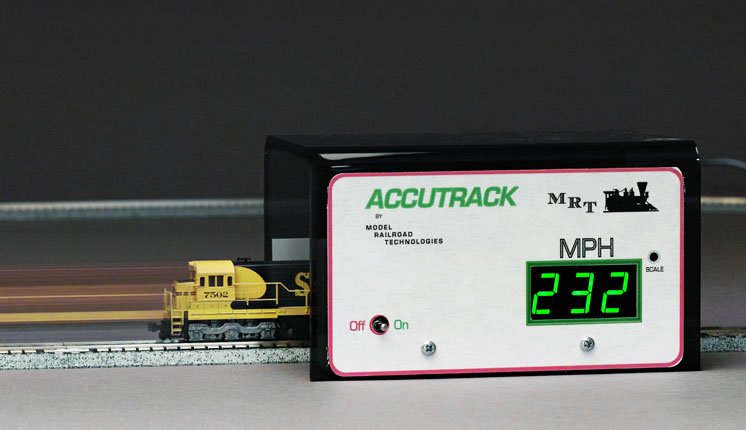
Running N scale trains too fast: Several years ago the N scale Enthusiast national convention came to town, and I was very pleased that, over the course of one day, four busloads of N scalers from all over the world came to my house to visit my layout. My friends Andy Sperandeo and Gordy Spiering […]
Read More…
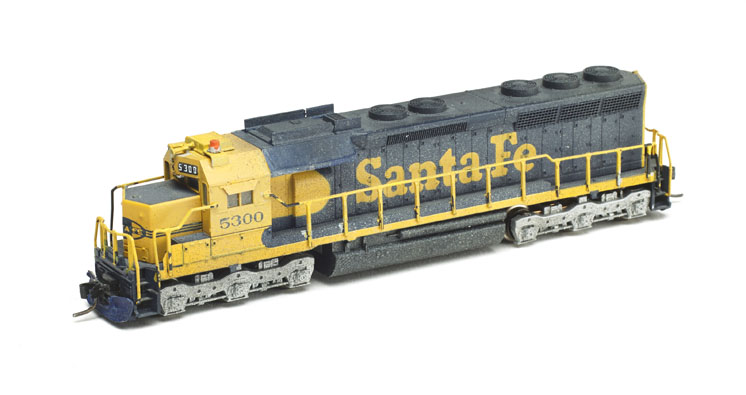
Thoughts on detailing N scale diesels: I really enjoy modifying locomotives and adding or subtracting details to make them more closely represent specific prototypes. I’m most interested in my Santa Fe and Southern Pacific engines, but hope someday to also get to the engines from other lines that turn up on my N scale circa […]
Read More…












